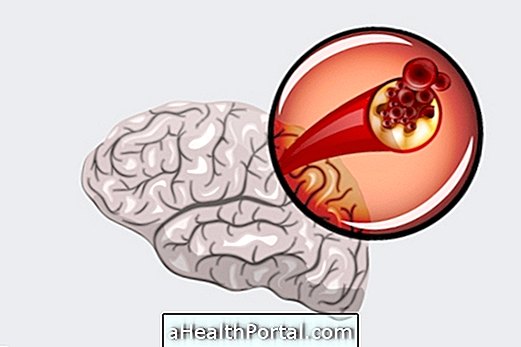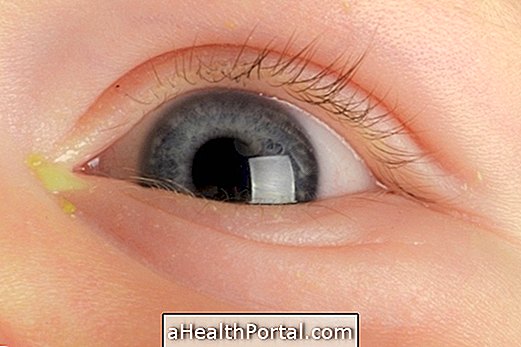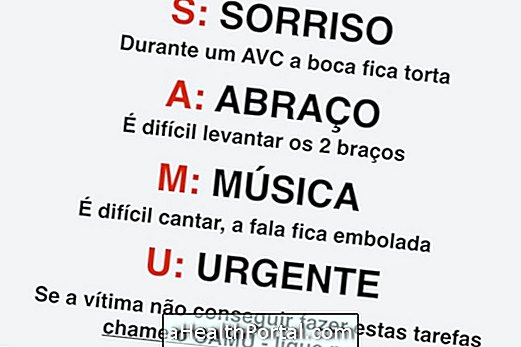In situations of stress, anxiety or depression, the cardiac coherence technique can be used to regulate the heart rate, stabilizing blood pressure and strengthening the immune system.
Cardiac coherence consists of a breathing technique that promotes balanced communication between the heart and the brain, helps to avoid excessive stress, controls chronic stress situations, and treats children with attention deficit hyperactivity disorder, hypertension, depression and disorders of sleep.

Cardiac coherence exercise
Cardiac coherence exercises should be done in a quiet and quiet room in order to facilitate relaxation. A good exercise consists of:
- Sit in a comfortable chair or armchair, uncrossing your arms and legs;
- Relieve body tension by releasing weight all over the chair;
- Close your eyes and concentrate your thoughts on heart rate and heart, breathing slowly;
- Imagine the air entering, passing around the heart and slowly coming out through the nose;
- Remember a happy situation that has filled the heart with joy, peace and gratitude, reliving this moment;
- Continue to breathe deeply and slowly, while remembering positive thinking;
- Return slowly to the room and slowly open your eyes.
The cardiac coherence exercise should last between 3 to 5 minutes, and positive thinking should be remembered only when the body is relaxed.
Benefits of cardiac coherence
The main benefits of Cardiac Coherence are:
- Reduced stress and anxiety.
- Increased cognitive activities.
- Equilibrium of the emotional states of the individual.
- Reduction of depressive and aggressive behaviors.
- Decreased fatigue.
- Decreased sleep disorders.
- Promotes the action of positive attitudes.
- Decrease in health risk factors such as cholesterol, triglycerides and high blood pressure.
In addition, when performed regularly this breathing technique still promotes well-being and hormonal balance, it improves attention and memory and consequently, quality of life.



























